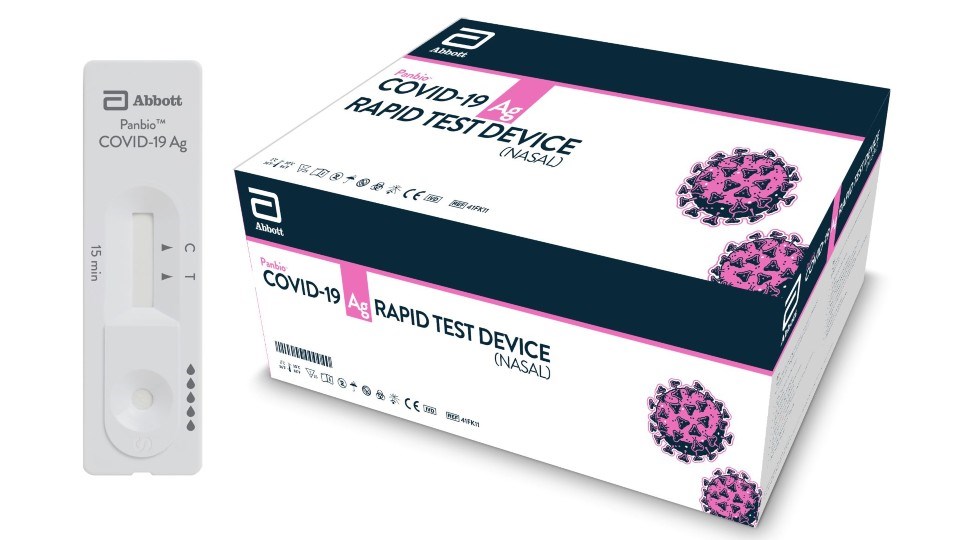A strategy update released by the province today predicts a significant jump in demand for rapid testing to up to 18 million tests per week.
The update also includes three new recommendations for how rapid antigen tests (RATs) should be used.
First, they can be used to screen workers who might otherwise have to isolate during a critical staff shortage. With a negative RAT test result and no symptoms, critical workers could return to work even after exposure to someone with COVID-19.
Secondly, they can be used for a frequent and repeated screening program for people without symptoms with the goal of identifying asymptomatic cases. This includes healthcare workers who are unvaccinated and required to take rapid antigen tests twice a week at a minimum.
Finally, the latest strategy recommends RAT testing for people who are symptomatic but cannot get a PCR test. A person with symptoms of COVID who also tests positive with a rapid test should self-isolate and likely have COVID-19.
If someone with symptoms takes two rapid tests within 24 to 48 hours of each other and both results are negative, they are unlikely to have COVID, according to the provincial recommendations. They should self-isolate until symptoms have improved.
Rapid antigen tests are not recommended for one-off uses before social events because of the risk of false-negative results. According to provincial health officials, the omicron variant has more of a tendency to produce false-negative results in a rapid test than the COVID strains before it.
To date, Ontario has distributed 55 million rapid tests from a supply procured by both the federal (34 million tests) and provincial governments (20 million tests).
Of those, two million were handed out during the holiday pop-up blitz, 5.7 million to essential industries, 7.3 million through chambers of commerce for businesses remaining open during the pandemic, 17.5 million to the education and child care sector, and 22.6 million to health and congregate care settings.
However, with demand predicted to jump from one million tests per week to 18 million tests per week, the constrained supply of tests will be a problem.
Though Ontario was promised 15.5 million RATs from the federal government in December, only 3.4 million were received and the other 12 million are not coming, according to the province.
Ontario requested 68.6 million RATs from the federal supply in January and was promised 54.3 million. Of those 150,000 tests have been delivered and nine million are scheduled for delivery. According to the province the federal government has not provided delivery dates for the remaining 45 million tests.
Ontario procured 65 million RATs on its own in December and January, which is in addition to the 20 million RATs purchased by the province last year, which includes the tests distributed to students before the winter break.
